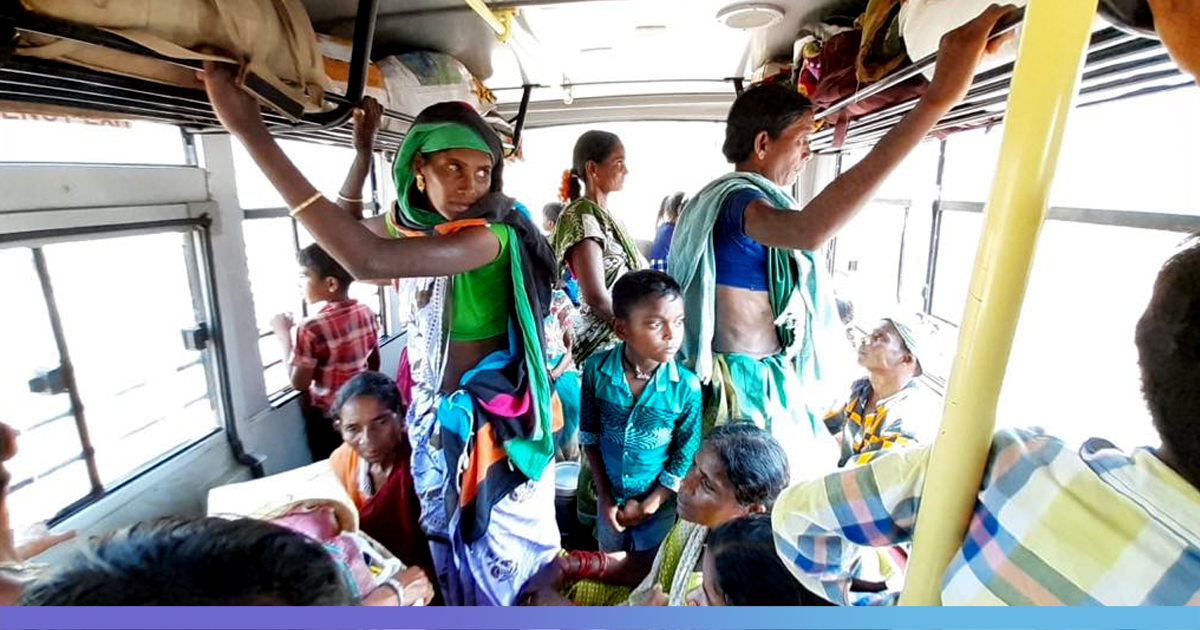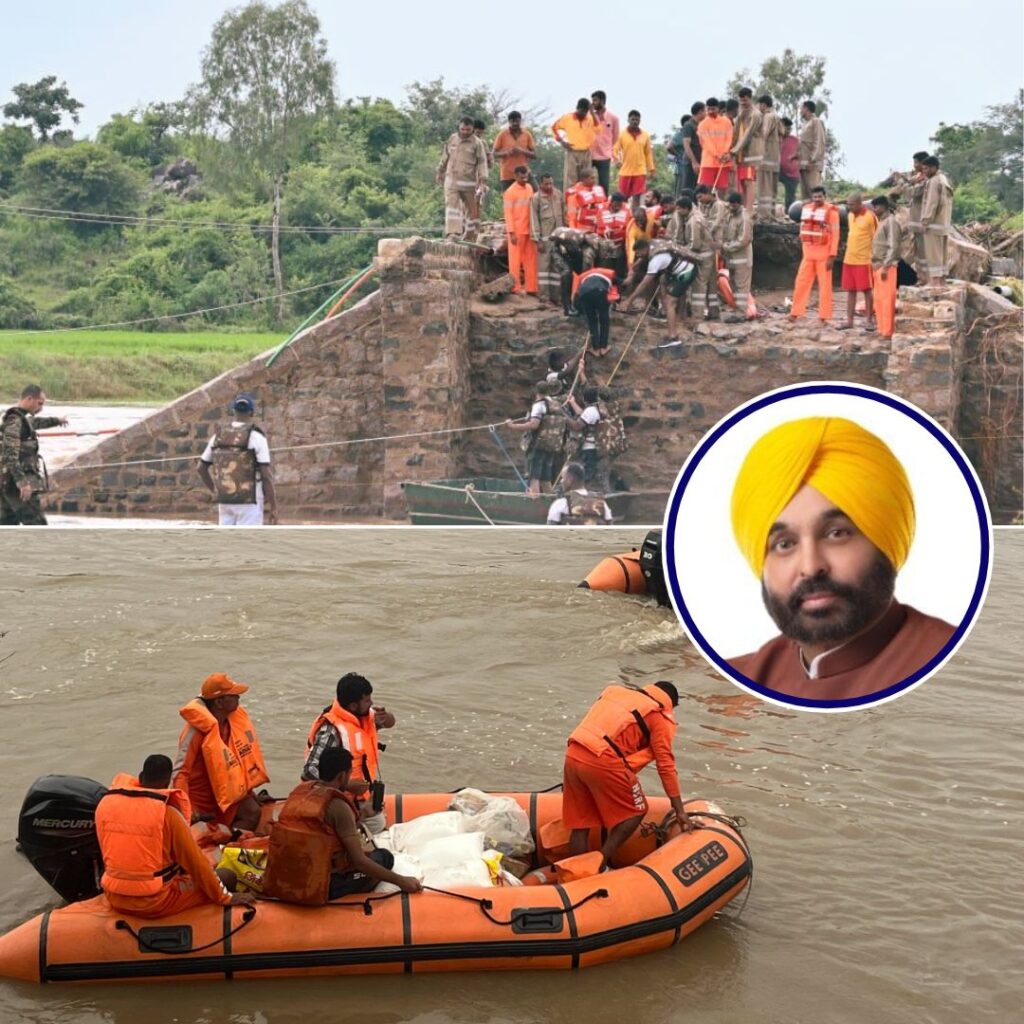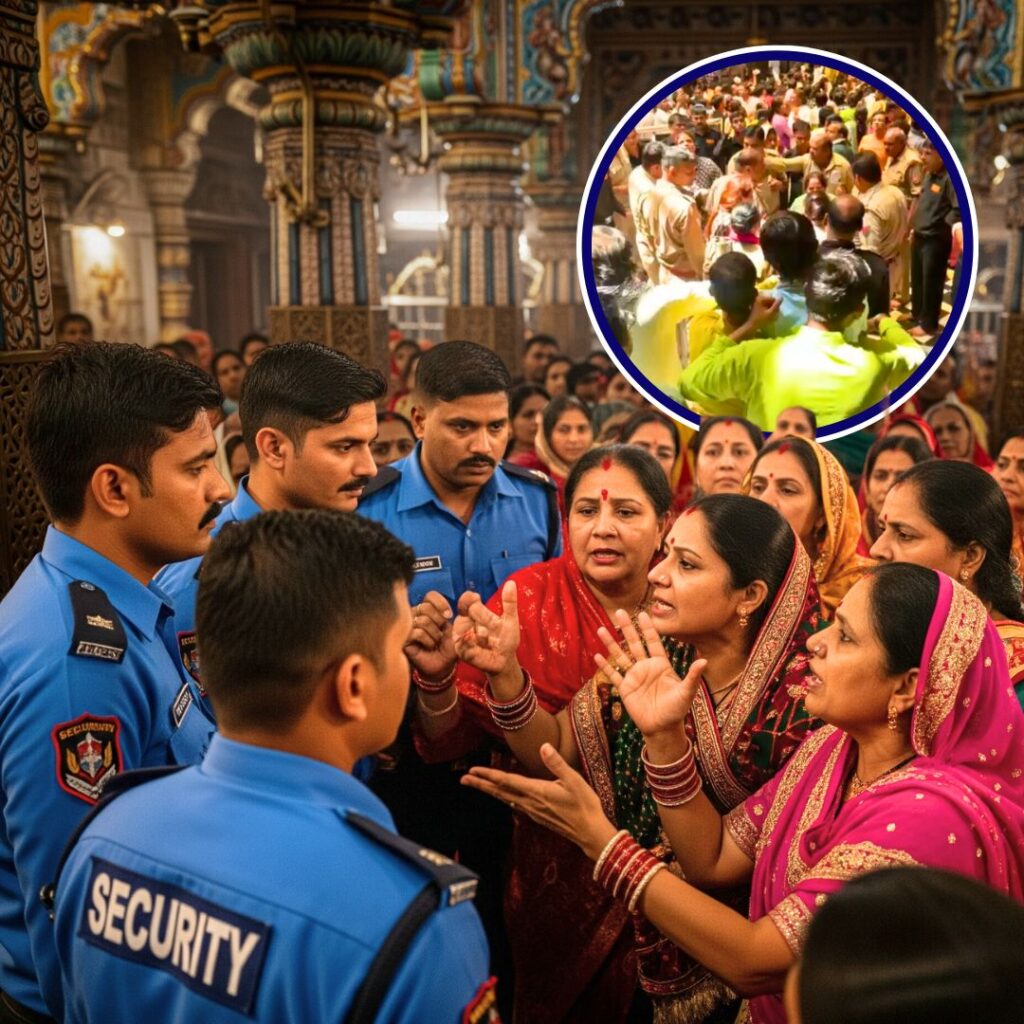âFearing Salwa Judum, they fled Chhattishgarh in 2006. The Police thought they were Maoist sympathizers and the Naxalites believed they were in support of the Police forces. They were attacked upon, their houses were burnt and many were even killed in the ensuing violenceâ, explains Raju Rana who is currently helping the Internally Displaced People (IDP) who fled Chhattisgarh in the wake of the Salwa Judum violence.
It has been 15 years since thousands of tribals fled the villages of Chhattisgarh to take refuge in parts of Andhra Pradesh and the recently bifurcated Telangana, as the tensions of Salwa Judum ousted them out of their former homes. And now 15 years hence, a group of 25 families have finally set foot on home soil on Thursday, the 25th of April, with a hope to return to their old lives. These families had been living in the village of Kannapuram which is located in the East Godavari district of Andhra Pradesh ever since they fled the state of Chhattisgarh and now have been relocated back to Maraiguda in the Sukma district of Chhattisgarh.
Photographer: Aman Bhadoria What Is Salwa Judum?
Salwa Judum â a Gondi term, means âpeace marchâ or a âpurification hunt.â It was mobilized in late 2005 as an anti-insurgency force aimed at curbing the Naxalite activity in the region. The movement saw participation from the local tribals and youth who were recruited as âKoya Commandosâ and âSpecial Police Officersâ (SPOs) and were supplied with weapons and were tacitly supported by the state government to take arms to counter the Naxalite activity.
The violence ensued by Salwa Judum lasted till 2011 when the Supreme Court finally banned and disbanded the vigilante group. The movement, however, left a bloody carnage in its wake. Villages were burnt and thousands were ousted out of their dwellings who fled to the neighbouring states of Andhra Pradesh and the now newly bifurcated Telangana. The vigilante group was accused of violating numerous human rights including raping of Adivasi women.
How Did The Process Of Relocation Begin?
The Deccan Herald reported that âEfforts to bring back the sons of the soil began after the new Congress government assumed charge in December 2018. Both officials and unofficial channels were engaged.â
Photographer: Aman Bhadoria
Shubhranshu Choudhary, the head of CGnet Swara (Voice of Chattisgarh), who is also involved in the rehabilitation process while speaking to The Logical Indian said that the efforts were set in motion much before that.
The New Peace Process, a two-year-old initiative formed by the Servo Adivasi Samaj which consists of dozens of Adivasi organizations, have been helping these families rehabilitate. A Pad-Yatra (March on foot) was conducted from Chhati to Jagdalpur in October 2018 followed by a 300-km cycle-yatra from Jagdalpur to Raipur early this year in February-March. Three editions of the Bastar dialogue, (a confidence-building measure) have also been conducted with the last one on the 2nd and 3rd of March, 2018. Such initiatives have encouraged the tribals to come forward and express their wish to return back to their forlorn ancestral villages.
The Bastar dialogue was last conducted on the 2nd and 3rd March and it emerged to look into two priorities.
The relocation of the 30,000 IDPs (around 5,000 families) which is underway And the release of political prisoners.for which a special committee has been formed which is to be headed by retired Supreme Court justice A.K. Patnaik. The Chief Minister of Chhattisgarh Bhupesh Baghel said in a press conference that a special policy will be enacted to this effect but this has been postponed until the end of the 2019 Lok Sabha elections.
These villagers for the last 15 years have been working as daily wage labourers and farmhands in Andhra Pradesh. Some of them practised farming on the forest lands. They live in crude shanties and have been asked to move back to Chhattisgarh by the local police on multiple occasions. âTheir settlements have been burnt 12-13 times but they come back again to the same place with nowhere to go,â says Raju Rana who is associated with Choudharyâs CGnet and is currently helping these IDPs relocate and rehabilitate. âThey lack proper identification documents and donât even have a caste certification. They were considered tribals in Chhattisgarh but in Andhra Pradesh, they are not considered Adivasis.â
The CG basket, a platform giving voice to tribals, reported on 30th April about the consistent threat IDPs face in Telangana.
âThis morning forest officers visited the village of Rasanagudem at Mulkulapalli block of Bhadradri Kotadudem district in Telangana and asked all the 25 IDP families to go back to Chhattisgarh. Last month similar officers had come with police and they broke 58 houses of IDPs and gave similar messages. We hear these visits are going to increase in months to comeâ
âHowever, not all of the Tribals want to return back,â…









